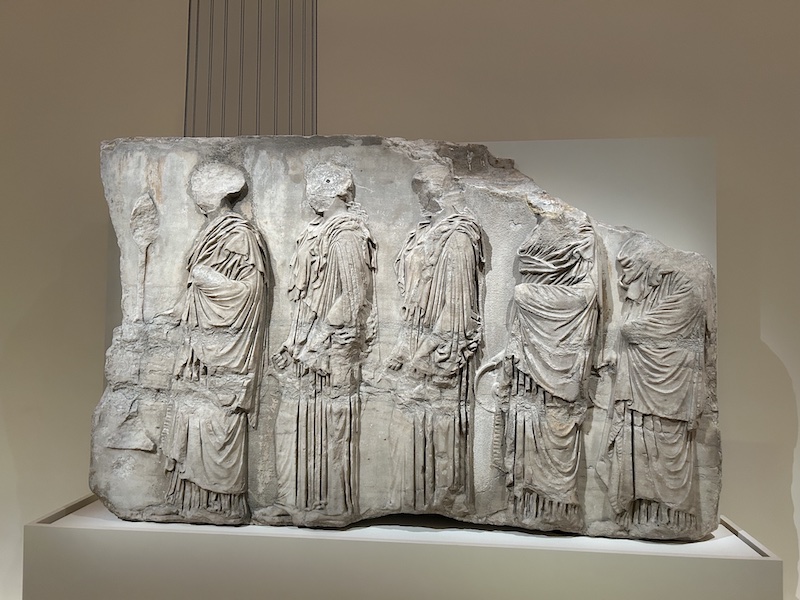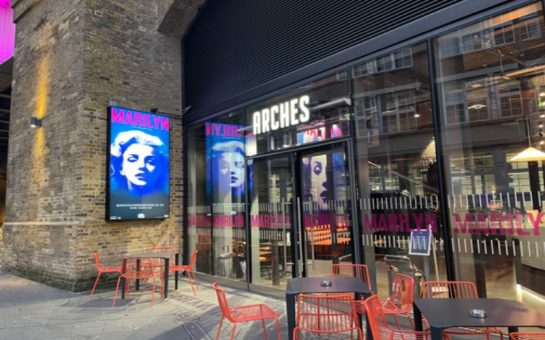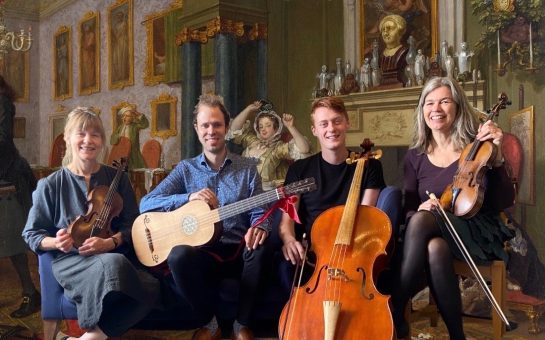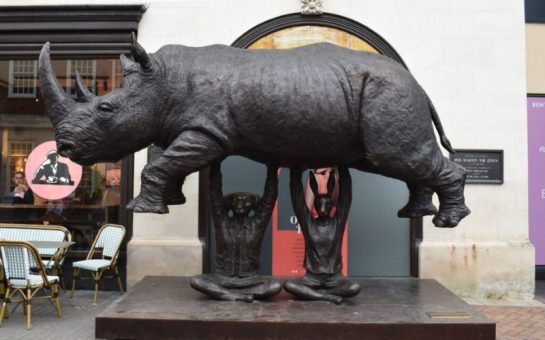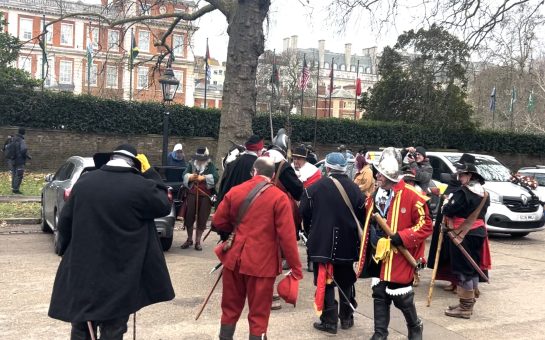Bronze, marble, glass and blood meet and mingle in ways never before at the British Museum’s newest exhibition, Luxury and Power: Persia to Greece – which opened on 4 May.
In a collection of artefacts from sites around the globe, Luxury and Power, reveals that the meeting point between two of the world’s great civilisations, the Ancient Greeks and the Persians, was not solely a clash of violently differing cultures, but also one of quiet nuance and exchange.
Such is the core message of the British Museum’s newest exhibition, as a speech by Dr Jamie Fraser, curator of the exhibition, explained: “The boundaries between these various cultures that are drawn so deeply in the historical record, were far more blurred than perhaps we sometimes think.”
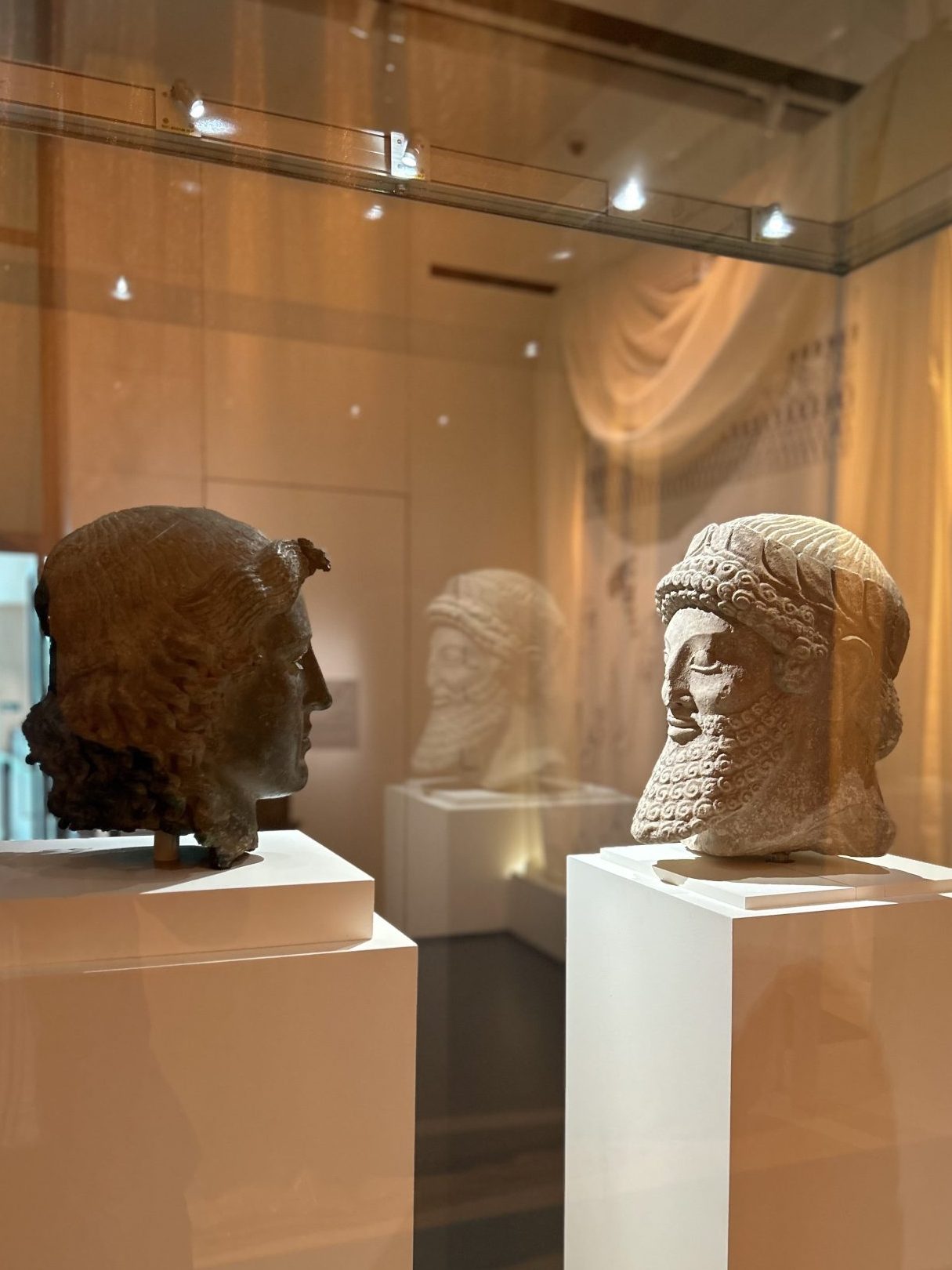
The first room – the Persia we know, and the Persia we don’t
The exhibition wastes no time in pitching this to you. Enter and you’ll encounter its dazzling first sight – two severed statue heads staring directly at one another. One, made of stone, is recognisably Persian, and the other, made of bronze, is recognisably Greek.
That, at least, is the binary that our minds want to draw. The reality, however, is that the Greek statue, found in Cyprus, would more likely have been worshipped as an Eastern God, and at a closer look, the Persian stone has been adorned with a Greek styled wreath.
This fluidity between the cultures did not come readily. As the exhibition moves into its first room, you are welcomed by a mass of Persian treasures and a cautionary quote from Herodotus, the ancient Greek historian:
“Treasure there was in plenty – tents full of gold and silver furniture… When Pausanias saw it, with its embroidered hangings… he could hardly believe his eyes.”
And this, very much is the reality of the Persian empire that was dictated by the Greeks. At war with the Persians, it suited the Greeks to label the Persians as overly decadent, excessive, blinded by luxury – a system of ideals that the Greeks professed to have abandoned.
Kelly Accetta Crowe, project curator of the exhibition, said: “We have this feeling towards luxury in the modern day where we love it, but at the same time, we hate it – like how we feel about the Kardashians.
“That is a kind of hangover which we have inherited from the Greek opinion of Eastern luxury.”
The second room – Ancient Greece and its brilliant hypocrisies
Moving into the second area of the exhibition, you join Greece as it hesitantly navigates Persian influences. The room is full of the Athenian pottery that helped to establish Athens’s wealth, as well as other, more familiar statues and busts of the Greek world we recognise today.
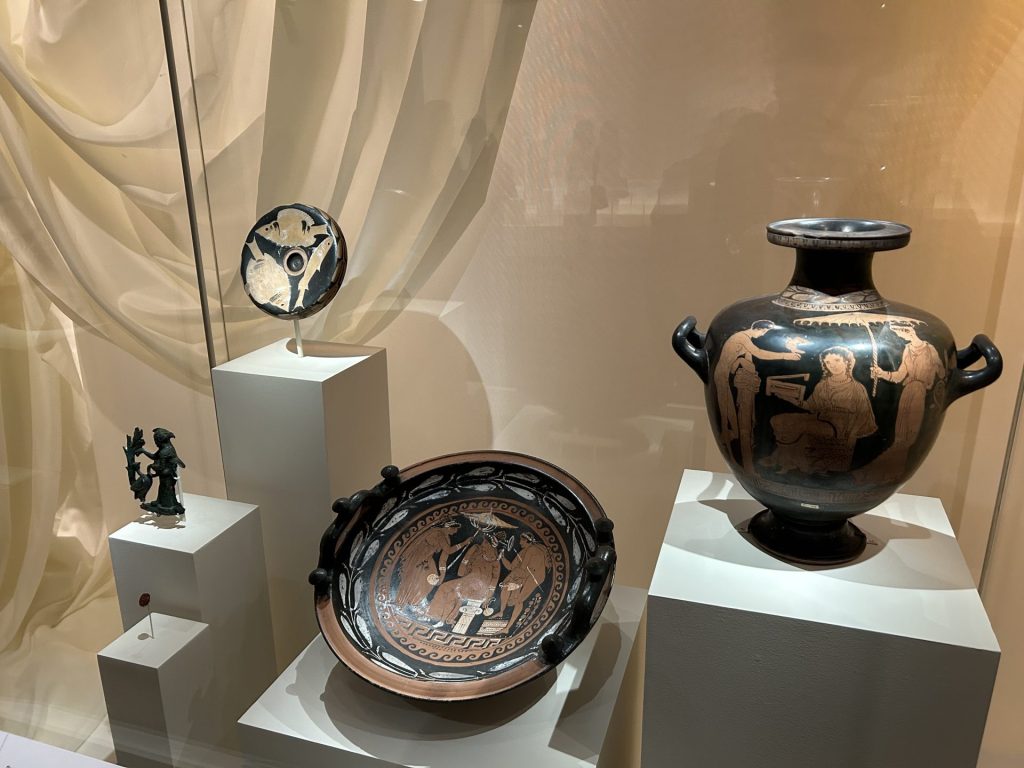
The exhibition asks that you look closer at what is depicted on these pieces. A foot-bath and water jar, from around 300 and 400 BC respectively, both share depictions of women beneath parasols, an item that bore a clear association with the Persian king’s authority.
Men, who held political status, could not be seen with such an item of decadence and excess – the women of Athens, however, took them as their own.
Kelly said: “How do you think of parasols today? You definitely don’t think of it as a manly object that you’d be carrying around.
“Even in the 1700s and 1800s in this country, men wouldn’t carry umbrellas in the rain because it was considered a feminine object.”
Despite what the Greeks professed, the room is a clear display of all the luxuries they enjoyed – rhytons for wine, wreaths, ornaments, all justified under their abstract ideas of honouring the state. As time goes on, Persian influences creep through more and more, and as the Greco-Persian wars end, Persian rituals are even being celebrated in Athenian pottery.
The third room – Luxury in a new light
The third and final room reveals how Eastern and Western notions of luxury finally became unified under the sprawling empire of Alexander the Great. It also centres around the most lavish treasure of the entire exhibition, and in many ways, its most inspiring – The Panagyurishte Treasure.
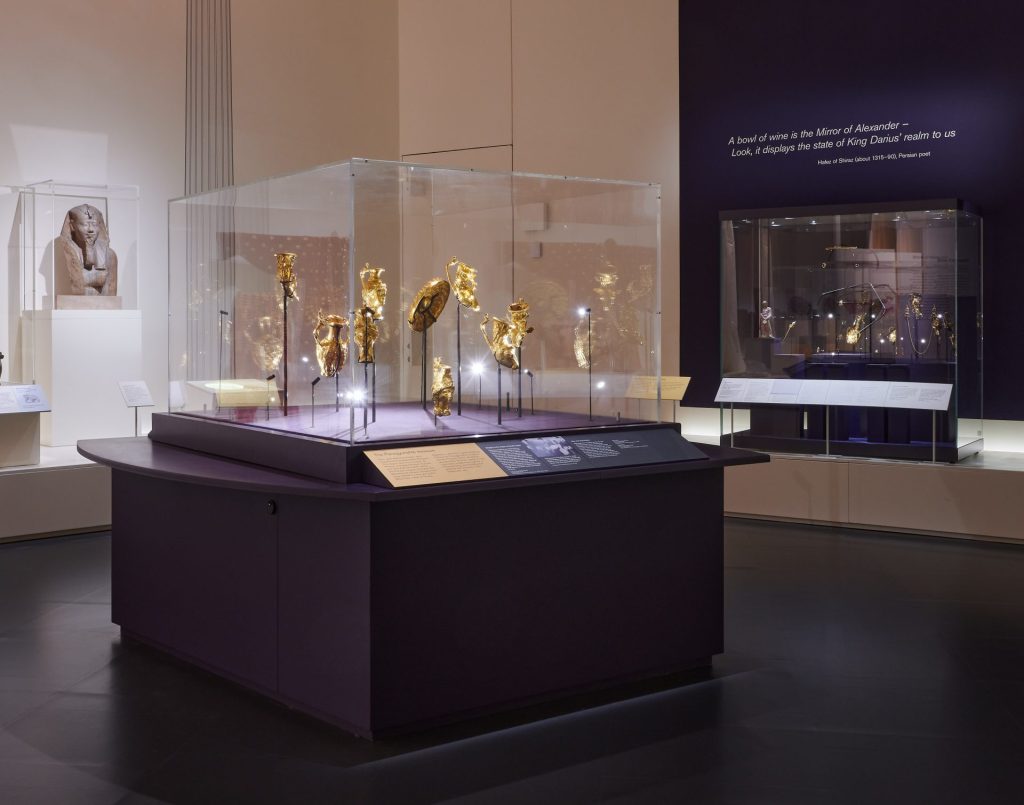
Dr Fraser explained: “The reason why this loan is featured as the climax, the crescendo of this exhibition, is because it ties all these things beautifully together.”
And so, it does – the invaluable treasures, belonging to the ancient Thracians and on loan from a museum in Bulgaria, show a harmonious interplay of Persian forms with Greek decorations. It is a group of luxuries, which through a new lens, reveal the culmination of two cultures seemingly at ends with each other, that have in the records of history, finally been brought together.
Dr Fraser added: “This world of things reflects a Greek-Persian world, comprising a myriad of different cultures that were far more connected than our received historical binaries would imply.
“There is more to luxury than decadence, and there is more to Persia than luxurious excess.”
If the British Museum endeavours to preserve its collection and continue as a global, encyclopaedic centre, then the re-contextualisation of two cultures in Luxury and Power, side-by-side, is perhaps a good example for how they may justify such a decision in an increasingly modern world.
Luxury and Power: Persia to Greece runs from 4 May to 13 August 2023 in the Joseph Hotung Great Court Gallery of the British Museum. Tickets start at £15.
